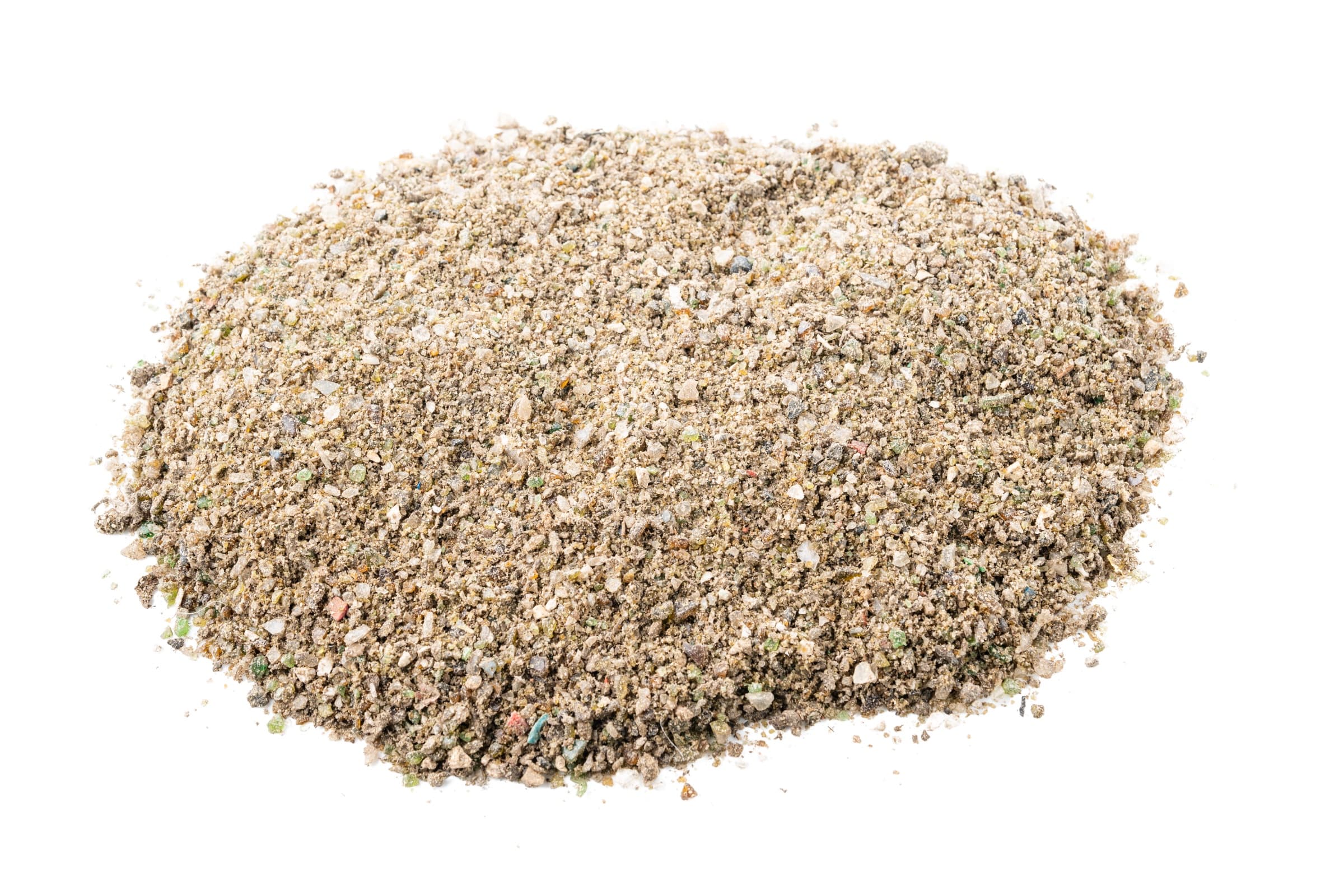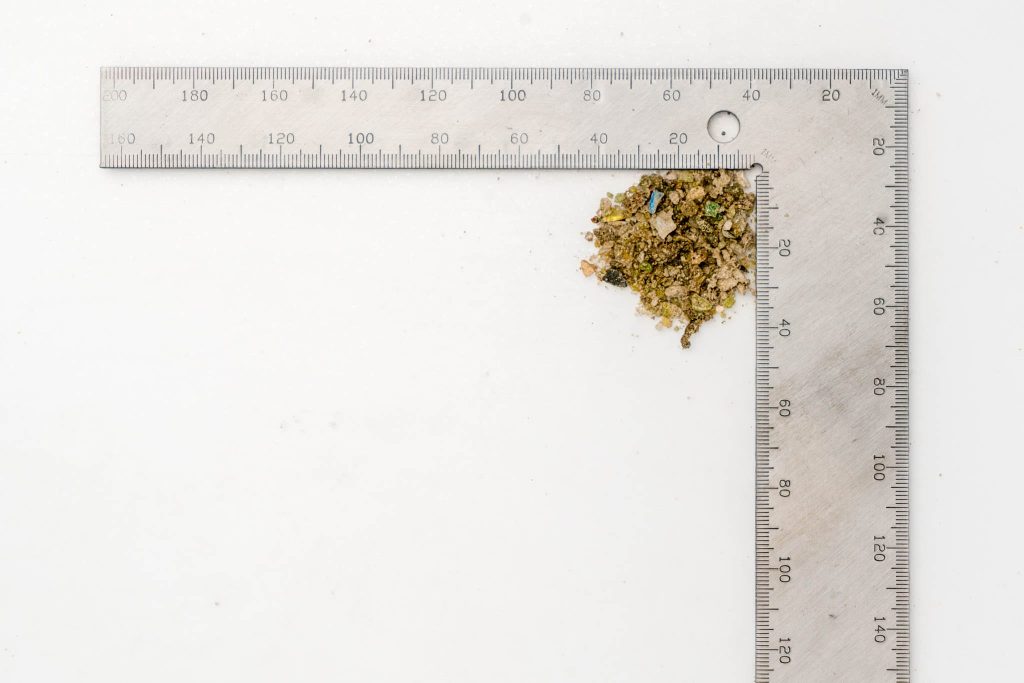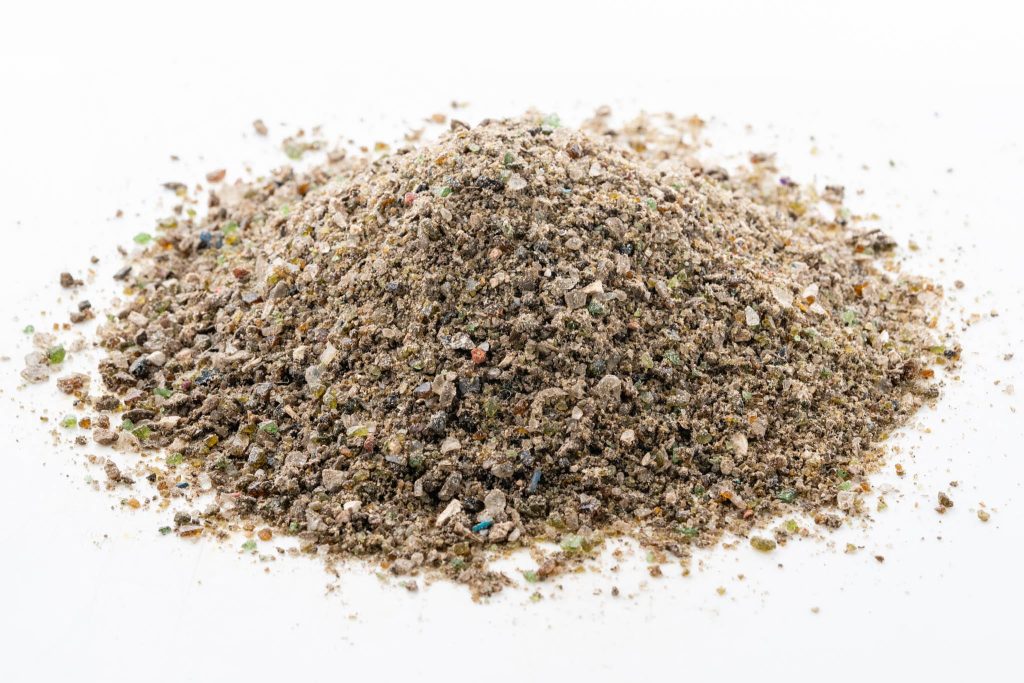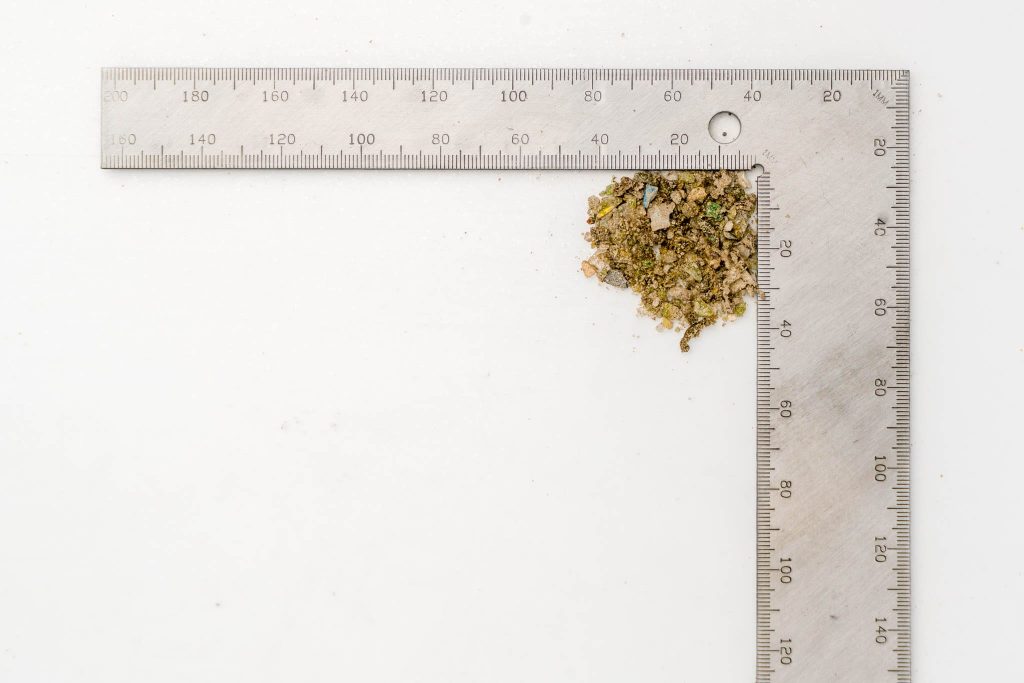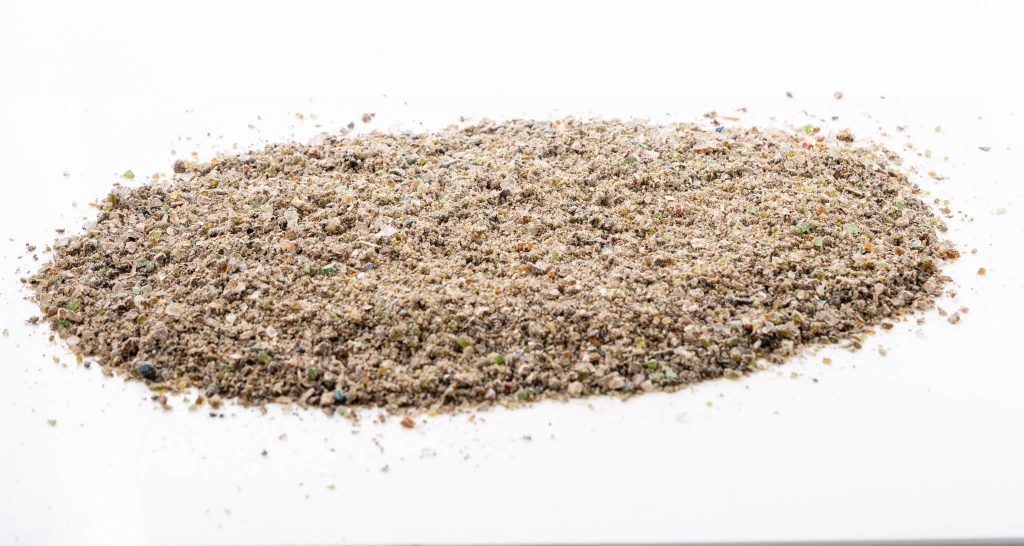When properly processed and employed, recycled glass can serve as a commendable resource for furnishing adequate support, facilitating efficient drainage, and ensuring the protection of subsurface pipes. Simultaneously, its utilization contributes significantly to the mitigation of the environmental impact by diminishing the need for further extraction of finite natural resources. This dual advantage underscores its value in promoting both sustainability and functionality within underground infrastructure projects.
Applications
Recycled glass sand for pipe embedment is particularly suited for the following applications in underground infrastructure projects:
Embedding Water Pipe, Sewer and Drainage Pipe Installation: providing essential support, efficient drainage and reducing the environmental impact.
Sustainable Infrastructure: Recycled glass sand promotes sustainable infrastructure practices by reducing the reliance on finite natural resources like conventional bedding materials.
Support for Subsurface Pipes: Recycled glass sand evenly distributes loads and minimizes stress concentrations, ensuring the longevity and effectiveness of subsurface pipes.
Resource Conservation: Recycled glass sand actively conserves natural resources by reducing the need for new sand or gravel extraction.
When contemplating the use of recycled glass for pipe embedment, it is essential to collaborate with experts well-versed in utility installations, construction materials, and recycling practices. The proper selection, testing, and installation procedures are paramount to ensuring the effective and successful use of recycled glass, all while preserving the structural integrity and functionality of the buried pipes.
Benefits
The use of recycled glass sand comes with a host of benefits. It aligns with environmental sustainability by repurposing waste material and lessening the demand for new resource extraction. This responsible practice plays a significant role in conserving natural ecosystems and reducing overall environmental impact. Moreover, sourcing recycled glass sand locally is a common practice, resulting in shorter transportation distances and reduced carbon emissions. This not only supports local economies but also minimizes the ecological footprint associated with transportation.
Furthermore, recycling glass sand contributes to resource conservation by substituting traditional bedding materials such as sand or gravel. By doing so, we actively conserve valuable natural resources while mitigating the depletion of finite materials.
Recycled glass sand’s outstanding drainage capabilities ensure proper water flow around pipes, effectively preventing water accumulation that can lead to corrosion and damage.
Lastly, prioritizing safety is paramount in construction; Recycled Glass Sand provides stable and reliable support for buried pipes. It reduces the risk of pipe deformation, leaks, and failures, ultimately enhancing construction projects’ overall safety and integrity.
Products
More like this

Stabilised Sand
Alternatively recognised as engineered sand or stabilised soil, stabilised sand denotes a composite amalgamation comprising sand or soil and a stabilising agent, such as cement, lime, fly ash, or related additives. The primary objective...

Gas Sand
Used in the context of gas pipelines, specifically for supporting and stabilising the pipelines rather than gas extraction

Case
studies

Normark
Established in 1977, Normark are a second generation family business specialising in landscape design and construction across Melbourne. "From inner-city Melbourne courtyards to large commercial open spaces, Normark will deliver."

Normark
Established in 1977, Normark are a second generation family business specialising in landscape design and construction across Melbourne. "From inner-city Melbourne courtyards to large commercial open spaces, Normark will deliver."

Normark
Established in 1977, Normark are a second generation family business specialising in landscape design and construction across Melbourne. "From inner-city Melbourne courtyards to large commercial open spaces, Normark will deliver."

Normark
Established in 1977, Normark are a second generation family business specialising in landscape design and construction across Melbourne. "From inner-city Melbourne courtyards to large commercial open spaces, Normark will deliver."

Normark
Established in 1977, Normark are a second generation family business specialising in landscape design and construction across Melbourne. "From inner-city Melbourne courtyards to large commercial open spaces, Normark will deliver."

